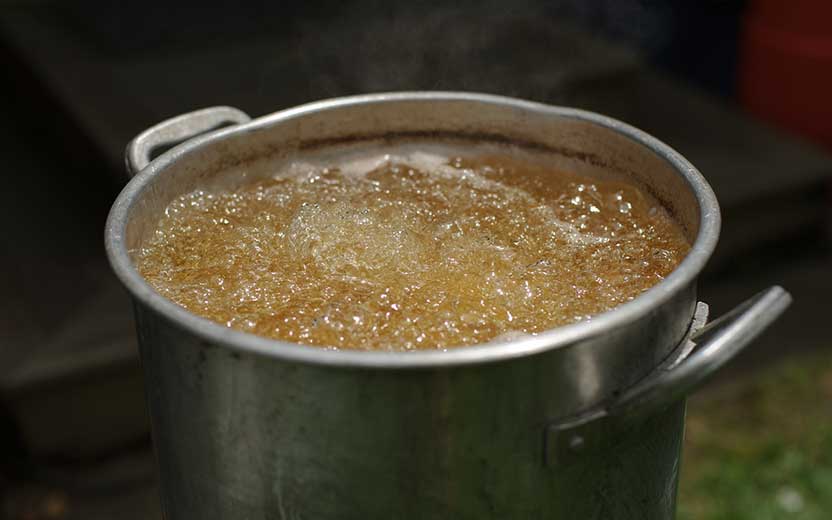It’s that time of year again… Thanksgiving! For many that means organizing the shopping lists, determining which family member is bringing what item to dinner, or debating if Aunt Betty’s pumpkin pie really is better than grandma used to make it. But there is no doubt that the central focus is often the turkey. It seems that each year more and more people are starting to deep fry the beloved bird instead of the “traditional” way of baking it. Turkey frying is known to offer many advantages including flavorful taste, juicier finish and shorter cook time. Unfortunately, it also comes with added danger and precautions should be taken.
Turkey Frying Dangers & Safety Tips
According to the National Fire Protection Association in 2013, Thanksgiving Day was the leading date for home cooking fires with 1,550, 230% above the average number of fires per day. Florida has ranked as high as fifth in the United States for turkey frying fires on Thanksgiving Day – making this day to gather with family and friends, a potentially dangerous holiday. To make sure your Thanksgiving plans aren’t coupled with calls to the fire department consider these helpful tips to a safe and delicious fried turkey meal.
Step away from your home
Pick a spot to fry your turkey that is outside and at least 15 feet from your home. Keep children and pets away from the fryer to avoid any chances of them knocking it over.
Find flat and solid ground
The ground you place your fryer on should be level and solid to ensure the oil remains evenly balanced at all times. This will also allow you to measure the proper amount of oil required for turkey frying. Butterball, the largest producer of turkey products in the United States, recommends finding a flat surface, far away from homes, garages, wooden decks, etc.
Use a turkey that has thawed
Most turkeys are bought frozen. Make sure that you plan ahead and fully thaw your turkey. As stated by the National Turkey Federation, to reduce spattering, thoroughly dry the interior and exterior of the turkey. Simply pat your turkey dry to remove any water after thawing – oil and water do not mix! Excess water could cause the oil to splash, bubble and potentially spill out from the fryer. This is an extreme fire risk should the oil get on or near a burner.
Be on constant watch
Your turkey fryer should never be left unattended, and you should monitor the fryer and oil temperature at all times. Most recipes call for the oil to be between 350 – 375 degrees fahrenheit meaning that not only the oil is hot, but also other parts of the fryer will be hot, including the lid and handle, posing a risk for potential burns. Extreme caution should always be used. Most turkey fryers do not come with their own thermostats, and is a smart purchase to ensure you are heating the turkey at a safe temperature. (Plus, a thermometer can help ensure that you don’t overcook your turkey!)
Slow and steady
Take your time, and remember that turkey frying is a lot faster than baking it in the oven – so you have time to spare! When lowering the turkey into the oil keep a steady hand and lower it a few inches at a time with breaks in between. This will help prevent oil from splashing out. Also, wear gloves or oven mitts to protect yourself. You should avoid having your skin exposed if at all possible.
Proceed with caution
While you can take every precaution necessary, accidents might still happen. Be prepared with a fire extinguisher close to you, and never try to put out the fire with water. If a serious fire does occur dial 911 immediately.
While the list may seem extensive, it’s important to remember that each year deep-fryer fires are responsible for five deaths, 60 injuries, the destruction of 900 homes, and more than $15-million in property damage, according to Fox News. Before tackling turkey frying help ensure that you and your loved ones have a safe Thanksgiving by carefully reading all of the instructions that are included with your deep fryer and following the safety tips listed above.



